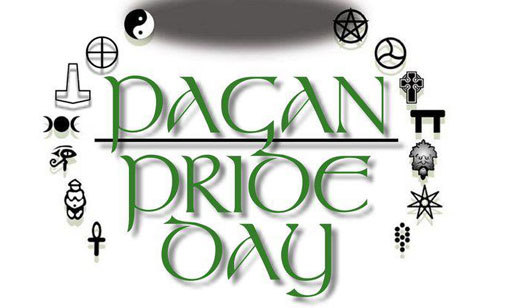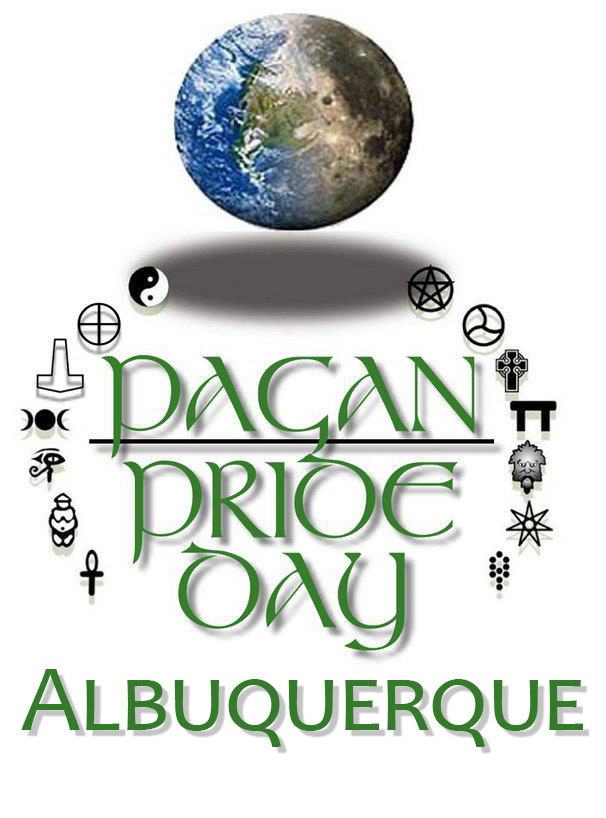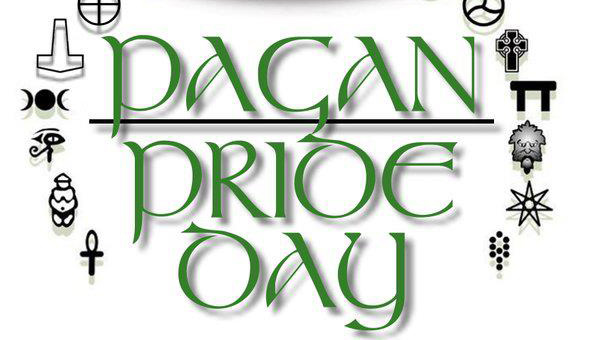Originating from the Latin aequus (equal) and nox (night), equinoxes are the time of year when the sun crosses the equator and the hours of day and night are approximately equal. Equinoxes happen twice per year, at the beginning of spring and again at the advent of fall. Humans of all cultures have celebrated these solar holidays since time immemorial, constructing megalithic temples that perfectly aligned with our brightest star’s celestial movements. The autumnal equinox is a day of careful cosmic balance, before the natural pendulum swings once again toward frost and darkness. In preparation for the autumnal equinox on Sept. 22, Weekly Alibi spoke with two locals about one of the spiritual paths most closely aligned with the changing of the seasons. Over cappuccinos, we chatted with Raven Reed Star and Jim H.—both involved in putting on the upcoming Pagan Pride Day, an event focused on outreach, educating the public, fun and charitable food collection—about nature, equality, faith and the spiritual harvest.Alibi: What is Paganism to you?Jim: Paganism is not an organized religion; there are many people, many strains. Practically anything you say, you’ll find some Pagans who disagree with it. … I think the attraction is that what speaks to you is nature. …. As far as levels of beliefs, I’m a scientist. So I have a good deal of skepticism. I think it’s important to connect with the seasons and the sabbats.Raven: What I really like about Paganism and what really attracted me, is there’s so much opportunity for individual growth—it’s almost required to do the soul-searching that other faiths, maybe, don’t let you pursue. There’s a lot of creativity. Most group Pagan events involve multifaceted ways to engage, like chanting or drumming or singing or a sacred play or crafts—there’s just so much opportunity to express yourself and be true to yourself. … Now something about Paganism in general: It’s orthopraxic rather than orthodoxic. … We don’t really care who you believe in, we believe in what you do. So again it’s back to how you conduct yourself.Who or what do Pagans worship?Raven: When I realized I was polytheistic—and not all Pagans are—it was a logical thing. I really thought about it, and what I decided is that if any gods are possible, they all have to be equally possible. It doesn’t make sense for there just to be one any more than it makes sense to me for there to be just one human or one rose. They all have to have an equal chance of being.Jim: Paganism isn’t just bunnies and rainbows and unicorns. We all have darker tendencies and how you deal with them—that’s the real question of religion.Raven: A lot of Pagan work involves finding the less savory side of ourselves and coming to terms with that in a healthy way—integrating our baser desires. Because you can’t really know what you want until you know who you are. It’s an ethical quest too. …Jim: Modern Paganism is goddess-oriented. A lot of people believe the world was goddess-created and has feminine energy. Men are always in a secondary position. Raven: I don’t agree. A lot of people are in balance. … The coven I work in is very feminist, but I’ve raised two boys and I think it’s important for men to have an equal position, that men are equally honored.What does the Pagan community look like in Albuquerque? Jim: It has become very eclectic. I’d say there are about 1,000 hardcore Pagans in Albuquerque.Raven: It’s probably about 50 percent humanist and about 50 percent Earth-based. A lot of Pagans are into social justice or environmental issues … but not all. Jim: There are plenty of young people. … Anyway, it’s starting to become more multigenerational. You can’t make generalizations other than that these are people who have consciously decided that this is what they want to do. … There’s a military contingent of Pagans. … It gets outside the middle class; We have minorities. And keeping a group with different socio-economic backgrounds together can be challenging. The point of all this is, I’ve found more diversity in Pagan groups than most other groups I’ve been involved with.Tell me about Mabon, the harvest festival that occurs on the autumn equinox.Jim: Well, we’re entering the dark time of the year. The idea is that when it’s dark and cold, you’re more likely to be indoors and introspective. It’s that the physical world and our mental states are operating in parallel. … It’s a matter of being aware of the world around you.Raven: For me, the wheel of the year [the calendar of Pagan holidays] is a time to honor different aspects of our life. You know, “For every time there is a season.” Well it’s true in the year, and it’s true in our lives. … And what the wheel does for me, is it gives me a moment to stop and be mindful of what’s going on right then.How do you celebrate Mabon?Jim: Many Pagans do rituals. They get together, cast a circle and do some magic—and how you define magic is up to the individual. Some believe the world is full of all these entities whom you can call in, others think they are symbolic and that it’s all about making events conform to your will. … Usually after a ritual, they have a feast—a potluck or something like that. It’s all about appreciation.Raven: Usually it’s a sort of feasting honoring the time of plenty. That’s the time to celebrate the plenty in your life. I love to do harvest meditations: What are you harvesting in your life?What kind of experience can Pagan Pride Day visitors expect?Jim: There will be about 40 merchants, 10 to 20 different nonprofit booths, free rituals, a children’s corner with classes for kids, food trucks. And there’s stuff going on during the day—tug-o-war, raffles, a scavenger hunt, live music, an artisan gallery. The merchandise and food cost money, but everything else is free. Plus there are classes by Ardantane, a teaching seminary up in Jemez Springs. They cover different aspects of Paganism. It’s a great way for people to get an introduction. Raven: And this is really important: Anyone who is Pagan-friendly is welcome. This is about public outreach … And if you’ve ever had questions, now is the time. … We just ask that people be respectful of our beliefs.What do you think the future of Paganism will look like?Jim: In the late part of the 20th century, Wicca gradually became the dominant part of Paganism. I think that’s shifting. There are more Norse traditions, Germanic, Druids, Heathens and so on. They seem to be coming on. … People face different issues. Therefore your spiritual needs and ritual needs are different.Raven: We are always struggling to find that balance between honoring the past and being relevant to the current situation and looking toward the future. … I think it will continue to grow and evolve in ways I can’t foresee, but people are people, and even though we’ve changed, we still ask, “How do you connect to something greater than yourself? How do you connect to your fellow practitioners?” And I think that will stay the same.
Pagan Pride Day
Sunday, Sept. 24, 9am-5pm
Bataan Park (Lomas and Carlisle NE)
Admission: one nonperishable food item
All ages






